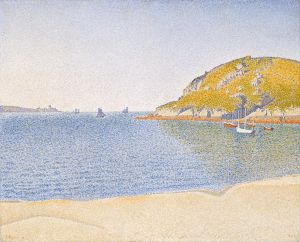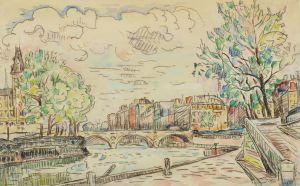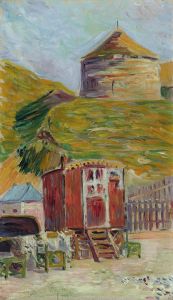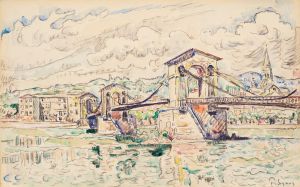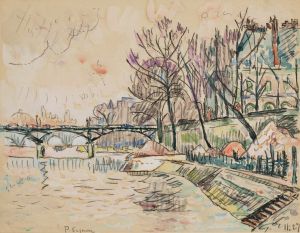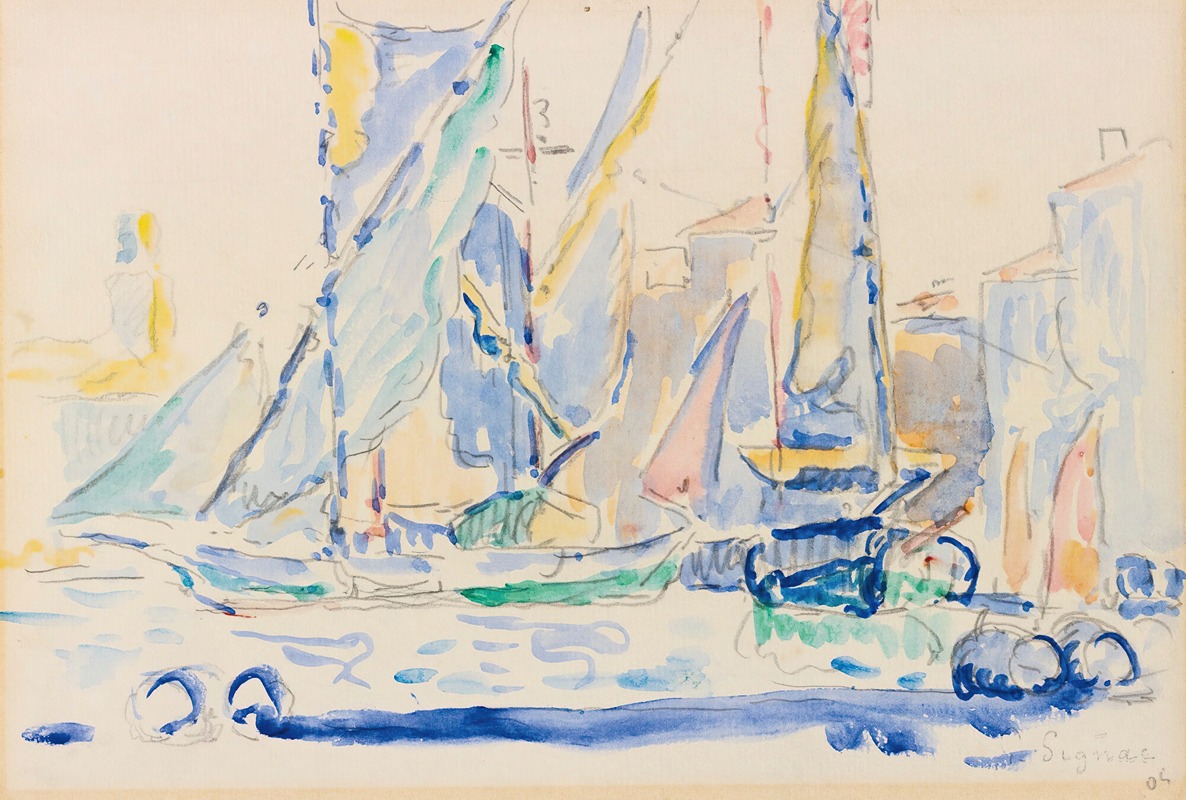
St. Tropez, Tartanes Au Port
A hand-painted replica of Paul Signac’s masterpiece St. Tropez, Tartanes Au Port, meticulously crafted by professional artists to capture the true essence of the original. Each piece is created with museum-quality canvas and rare mineral pigments, carefully painted by experienced artists with delicate brushstrokes and rich, layered colors to perfectly recreate the texture of the original artwork. Unlike machine-printed reproductions, this hand-painted version brings the painting to life, infused with the artist’s emotions and skill in every stroke. Whether for personal collection or home decoration, it instantly elevates the artistic atmosphere of any space.
"St. Tropez, Tartanes Au Port" is a painting by the French artist Paul Signac, completed in 1899. Signac was a prominent figure in the Neo-Impressionist movement, which is characterized by the use of pointillism, a technique involving the application of small, distinct dots of color to form an image. This method was developed by Georges Seurat, with whom Signac closely collaborated and shared artistic ideas.
Paul Signac was born on November 11, 1863, in Paris, France, and he initially trained as an architect before turning to painting. He was deeply influenced by the works of Claude Monet and other Impressionists, but he eventually moved towards a more structured and scientific approach to color and composition, which led him to Neo-Impressionism.
"St. Tropez, Tartanes Au Port" depicts the port of Saint-Tropez, a picturesque town on the French Riviera. Saint-Tropez was a significant location for Signac, as he moved there in 1892 and it became a major source of inspiration for his work. The painting captures the vibrant and bustling atmosphere of the port, with tartanes (traditional Mediterranean fishing boats) anchored in the harbor. The use of pointillism in this piece creates a shimmering effect, reflecting the play of light on the water and the lively colors of the boats and surroundings.
The painting is notable for its meticulous attention to detail and the harmonious blending of colors, which exemplify Signac's mastery of the pointillist technique. The composition is carefully balanced, with the boats and their reflections creating a dynamic yet orderly scene. The use of complementary colors enhances the vibrancy of the image, making it a striking example of Neo-Impressionist art.
Signac's work, including "St. Tropez, Tartanes Au Port," played a crucial role in the development of modern art. His exploration of color theory and his innovative techniques influenced many artists of his time and subsequent generations. Signac was also an avid sailor, and his love for the sea is evident in many of his works, which often feature maritime themes and coastal landscapes.
"St. Tropez, Tartanes Au Port" is housed in the Musée d'Orsay in Paris, which is home to an extensive collection of Impressionist and Post-Impressionist masterpieces. The museum's collection provides a comprehensive overview of the artistic developments of the late 19th and early 20th centuries, and Signac's work is an integral part of this narrative.
In summary, "St. Tropez, Tartanes Au Port" by Paul Signac is a significant work within the Neo-Impressionist movement, showcasing the artist's skillful use of pointillism and his deep connection to the coastal town of Saint-Tropez. The painting remains an important piece in the study of modern art and continues to be admired for its technical precision and vibrant depiction of maritime life.







